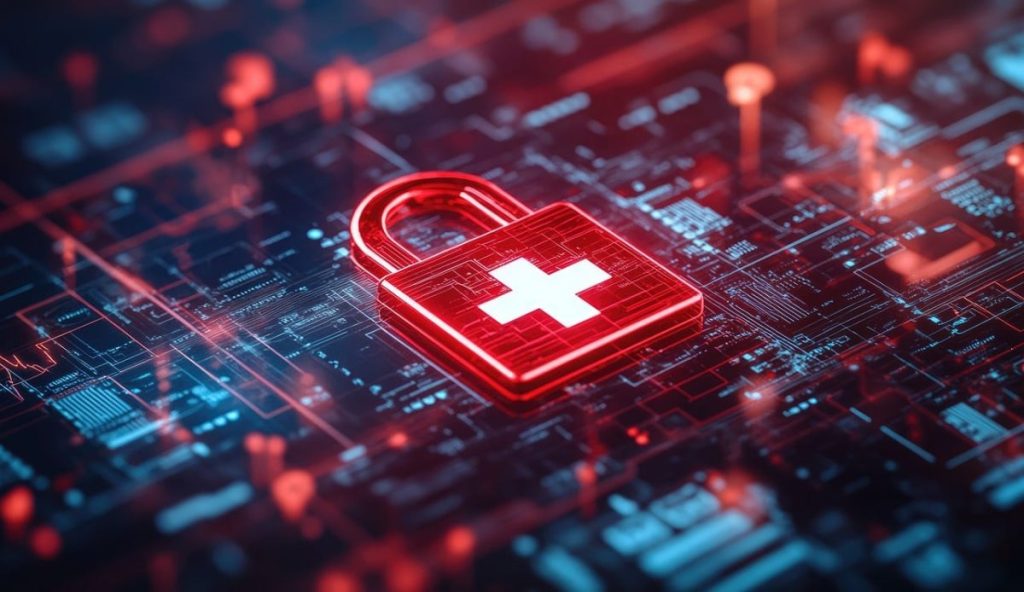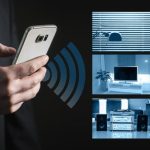The Internet of Things (IoT) is transforming industries, and healthcare is no exception. By enabling real-time data collection and analysis, IoT devices are enhancing patient outcomes, reducing costs, and improving the efficiency of healthcare systems. This article explores the revolutionary impact of IoT in healthcare, highlighting its applications, benefits, and challenges.
Key Applications of IoT in Healthcare
- Wearable Devices
- Smartwatches and fitness trackers equipped with heart rate monitors, blood oxygen sensors, and sleep trackers provide real-time health metrics.
- These devices empower patients to monitor their own health while enabling healthcare providers to detect potential issues early.
- Remote Patient Monitoring (RPM)
- IoT devices such as connected glucometers, blood pressure monitors, and ECG monitors allow chronic disease patients to share health data with providers remotely.
- RPM reduces hospital visits and ensures timely interventions.
- Smart Hospital Equipment
- IoT-enabled hospital beds can monitor patient movements and adjust automatically for comfort and safety.
- Connected infusion pumps and ventilators ensure precise administration of medications and oxygen.
- Asset and Inventory Management
- IoT technology helps hospitals track equipment, optimize inventory, and ensure timely maintenance of critical devices.
- This reduces operational costs and prevents equipment shortages.
Benefits of IoT in Healthcare
- Improved Patient Outcomes
- Continuous monitoring and early detection of health anomalies lead to better diagnoses and treatments.
- Personalized healthcare plans based on real-time data ensure tailored treatment.
- Cost Efficiency
- IoT reduces hospital readmissions and unnecessary procedures by promoting preventive care.
- Automation of routine tasks allows healthcare professionals to focus on critical areas.
- Enhanced Accessibility
- IoT bridges the gap for patients in remote areas by providing access to quality care through telemedicine and RPM.
- Elderly and disabled individuals benefit from assistive IoT devices that enhance their independence.
Success Stories and Case Studies
- Remote Monitoring of Cardiac Patients
- Hospitals using IoT-enabled ECG monitors have reported a 20% reduction in readmissions for heart failure patients.
- Continuous monitoring ensures early detection of irregularities, enabling timely adjustments to treatment plans.
- Smart Pill Dispensers
- IoT-powered pill dispensers alert patients and caregivers about medication schedules, ensuring compliance and reducing medical errors.
- AI-Driven Analytics in Pandemic Management
- During the COVID-19 pandemic, IoT devices helped monitor patient vitals in quarantine facilities, reducing the burden on healthcare workers.
- AI-powered analysis of IoT data facilitated early detection of potential outbreaks.
Challenges in Adopting IoT in Healthcare
- Data Privacy and Security
- The sensitive nature of healthcare data makes it a prime target for cyberattacks.
- Robust encryption, secure authentication protocols, and compliance with regulations like HIPAA are essential to safeguard patient information.
- Integration and Interoperability
- Integrating IoT devices with existing healthcare systems can be complex due to diverse protocols and standards.
- Ensuring seamless interoperability requires collaboration among device manufacturers, software developers, and healthcare providers.
- High Initial Costs
- The deployment of IoT infrastructure and devices requires significant investment.
- Long-term benefits often outweigh these costs, but budget constraints may hinder adoption for smaller healthcare facilities.
IoT is revolutionizing healthcare by improving patient care, reducing costs, and enhancing accessibility. From wearable devices and remote monitoring to smart hospital equipment, IoT applications are transforming how healthcare is delivered. While challenges like data security and integration remain, ongoing advancements and collaborative efforts are paving the way for a future where IoT-driven healthcare is the norm. By embracing this technology, the healthcare industry can unlock its potential to save lives and improve the quality of care.


